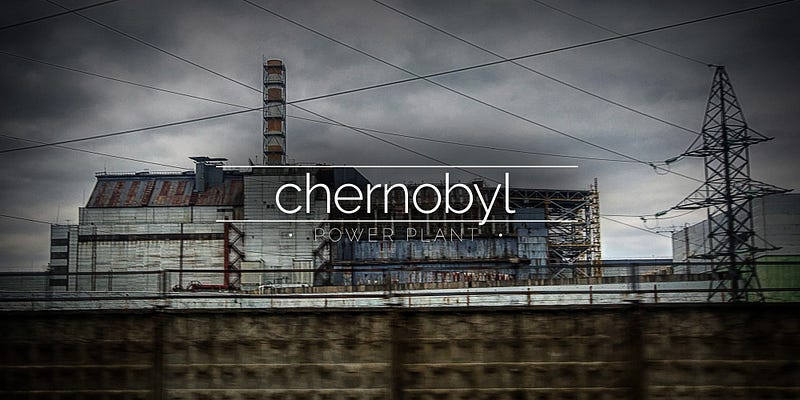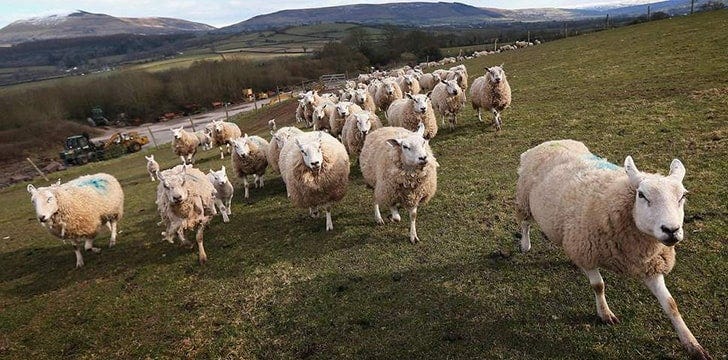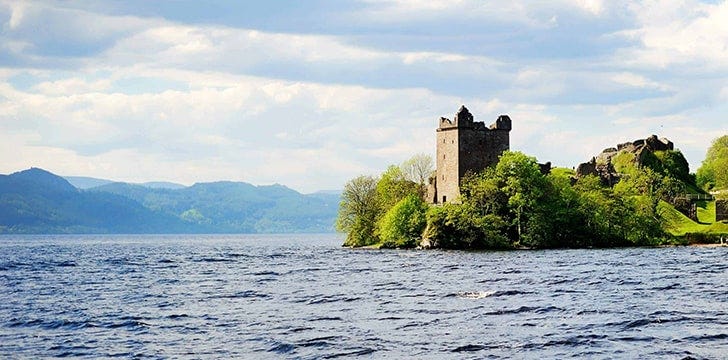The Chernobyl Disaster Affected The UK, How?

The Chernobyl Disaster Affected The UK, How?
Between the 25th and the 26th of April, 1986, Reactor Number 4 at the Chernobyl Nuclear Power Plant went into meltdown: the tragically ironic result of a safety test simulating a power failure.
Located in the now-abandoned Ukrainian town of Pripyat, the doomed reactor spewed a huge plume of radioactive debris and smoke into the atmosphere.
This would be mankind’s worst nuclear disaster (so far) and it had a profound effect on the surrounding landscape. However, it also affected the wider world.
It is estimated that the explosion released about four hundred times more radioactive material into the atmosphere than both the bombing of Hiroshima and Nagasaki combined.
Despite being over 1,600 miles apart, the United Kingdom felt the effects of Chernobyl’s radioactive cloud.
“Mark and Release” Sheep

The effects of this were felt most severely in Wales, Scotland and some Northern English counties like Cumbria, which all experienced heavy rain as the radioactive cloud passed over it.
Due to this radioactive rain, there was moderate contamination to the grazing lands for sheep in these areas, and as such the sheep reared here were at risk of radioactive contamination.
The British Food Standards Agency (FSA), placed restrictions on 9,800 UK farms, most of which were located in Wales and Cumbria.
Due to the radioactive particles becoming locked in upland peat in these areas, the sheep that grazed on them had to be monitored by their farmers.
Before being moved down from the high ground for sale, the sheep had to be tested for levels of Caesium-137 by the FSA.
The farmers were paid £1.30 extra per animal by the FSA to compensate for the extra time checking them, something known as the “Mark and Release” restrictions.
The final “Mark and Release” restrictions were only just lifted on the last 8 sheep farms in Cumbria and the last 327 Welsh sheep farms in 2012, bringing to an end the uncertainty of contaminated Welsh and Cumbrian lamb.
Loch Ness

One site where the effect of Chernobyl’s radioactive rains is still very present today is the famous Loch Ness in Scotland.
More popularly known for being the home of age-old urban myth about the Loch Ness monster, or Nessie, this Scottish Loch holds a permanent reminder of the Chernobyl Disaster.
A study into the pollutive effects of acid rain inflicted on Loch Ness over …
Read Full Here: https://topfactsite.com/the-chernobyl-disaster-affected-the-uk-how/